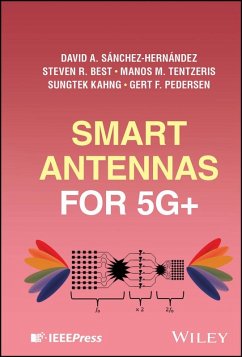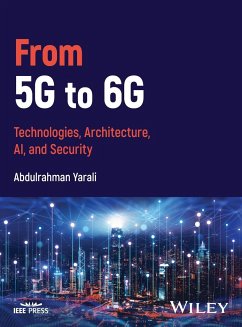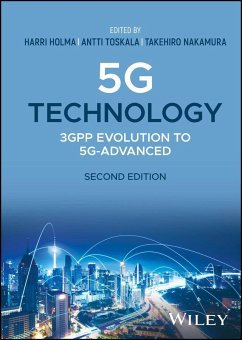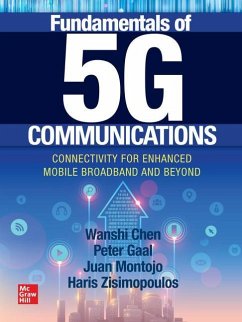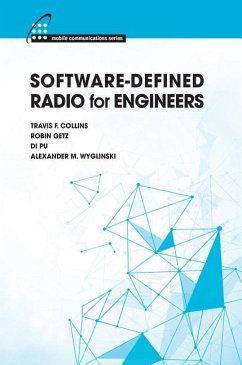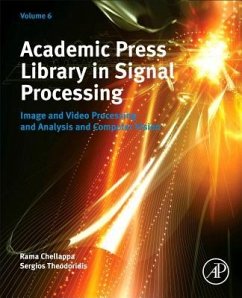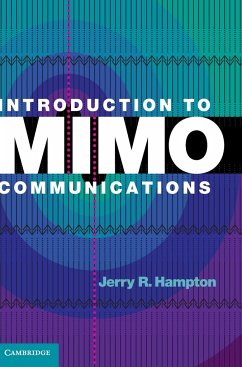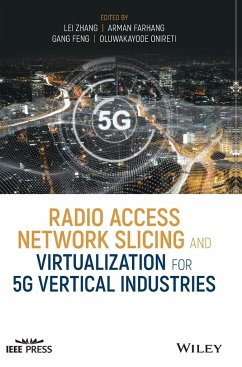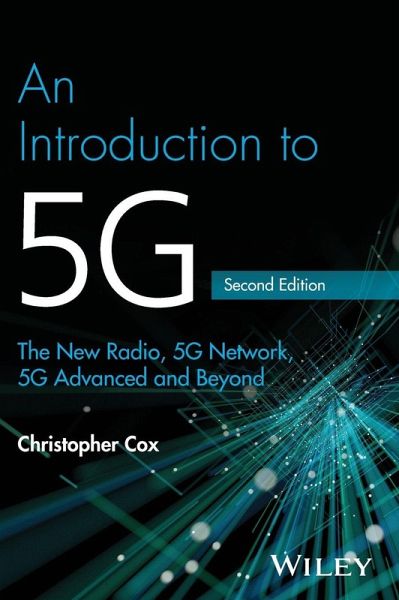
An Introduction to 5G
Versandkostenfrei!
Versandfertig in 2-4 Wochen
122,99 €
inkl. MwSt.
Weitere Ausgaben:

PAYBACK Punkte
61 °P sammeln!
A comprehensive and approachable introduction to 5G and 5G-Advanced Written by a noted expert on the subject, this Second Edition of An Introduction to 5G delivers a comprehensive, system-level guide to 5G and 5G-Advanced. Building on the foundations laid in the First Edition, the topics explored include the market and use cases for 5G-Advanced; the architectures of the next generation radio access network, open radio access networks and the 5G core; the principles of radio transmission, millimeter waves and MIMO antennas; the architecture and operation of the 5G New Radio; the implementation ...
A comprehensive and approachable introduction to 5G and 5G-Advanced Written by a noted expert on the subject, this Second Edition of An Introduction to 5G delivers a comprehensive, system-level guide to 5G and 5G-Advanced. Building on the foundations laid in the First Edition, the topics explored include the market and use cases for 5G-Advanced; the architectures of the next generation radio access network, open radio access networks and the 5G core; the principles of radio transmission, millimeter waves and MIMO antennas; the architecture and operation of the 5G New Radio; the implementation of network function services by means of HTTP/2; and the signaling procedures that govern the end-to-end operation of the system. This Second Edition has been thoroughly expanded and updated for 3GPP Release 18, to cover the new capabilities introduced under the name of 5G-Advanced. There are new chapters on: * The foundations of 5G-Advanced, including non-terrestrial networks, multicast/broadcast services, wireless backhauling, unlicensed spectrum, and artificial intelligence and machine learning * The Internet of Things, including time-sensitive communications, non-public networks, edge computing, and massive machine-type communications * Device-to-device communications on the 5G sidelink, in support of vehicle, aircraft and proximity-based services * The new features being introduced in 3GPP Release 19, and the expected applications, technologies and performance capabilities of 6G An Introduction to 5G is written for engineering professionals in mobile telecommunications, for those in non-technical roles such as management, marketing and intellectual property, and for students. It requires no more than a basic understanding of mobile communications, and includes detailed references to the underlying 3GPP specifications for 5G. The book's approach provides a comprehensive, end-to-end overview of the 5G standard, which enables readers to move on with confidence to the more specialized texts and to the specifications themselves.




